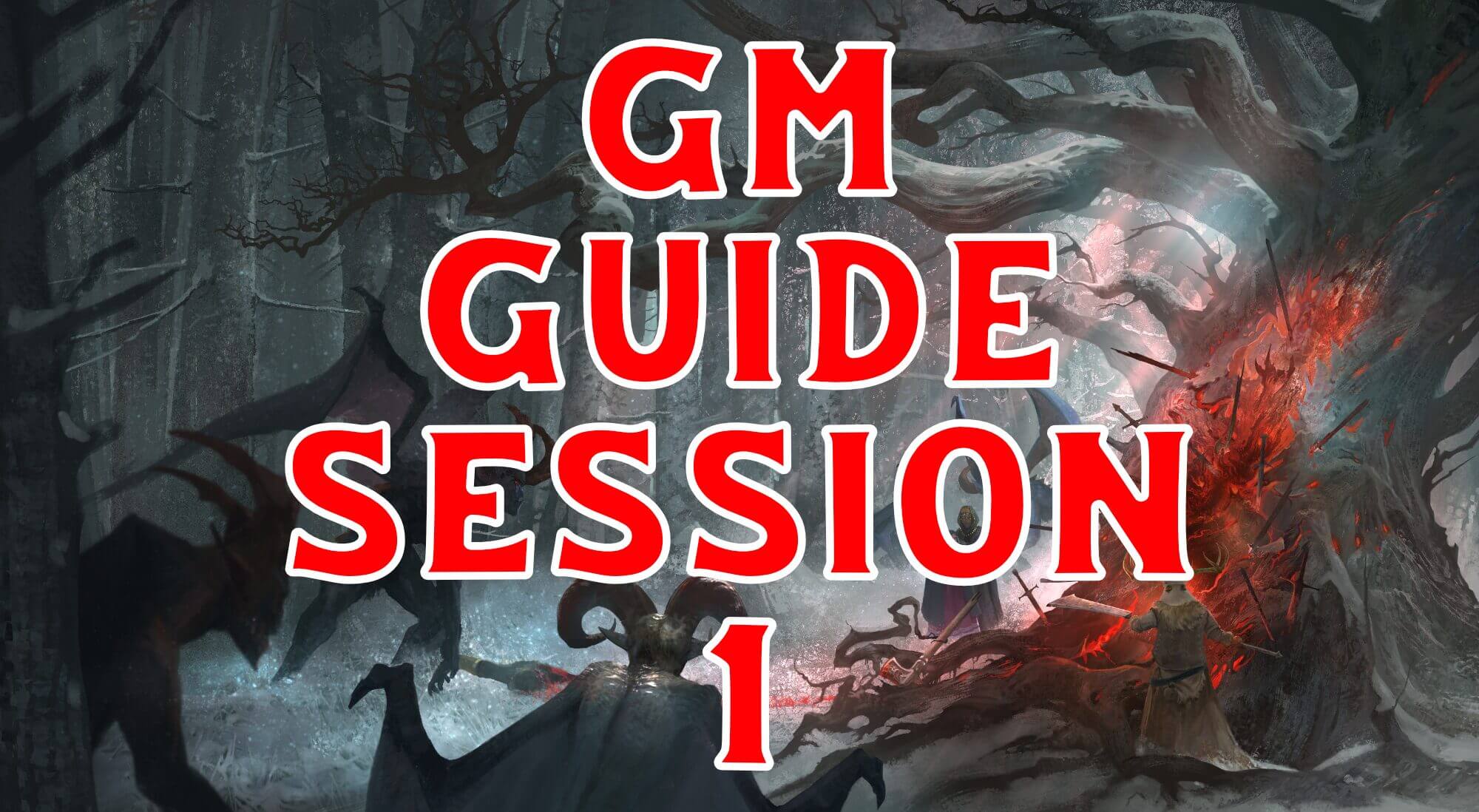
Welcome to Rybalka – The Red Tree GM Guide – Session 1
Welcome to Rybalka – The Red Tree GM Guide – Session 1 Read More »
The Rybalka tag collects post about the heart and soul of the Aventyr Campaign Setting, the village of Rybalka.
Nestled on a peninsula on Serpent Lake in the Vikmordere Valley, Rybalka is a Klavek village within the valley. The colony is the predicted center of power in the valley, and many factions are vying for control of the small village.
The Rybalkan Peninsula on Serpent Lake is an isolated place. Numerous tombs and barrows of Vikmordere origin can be found on the Rybalkan Peninsula and throughout the Vikmordere Valley, as well as ruined fortresses from the region’s long history of conflict.
Rybalka itself sits in a sheltered cove on the peninsula’s southern shore, protecting the village from the worst of the weather from both the lake and the mountains to the north. Two roads lead away from Rybalka, both in a northerly direction: one toward the Dark Wood and the pass through the mountains, and the other to the nearby iron mine.
In the past, Vikmordere raiders used the strategic location of the fishing village as a launching point for attacks against the Klavek Kingdom. The Klavek monarchy moved troops into the valley and launched an arduous assault against the Vikmordere in hopes of securing the village and the lucrative iron mine. After many failed attempts and the deaths of hundreds, the Klavek Kingdom was finally able to oust the Vikmordere raiders and take control of the village.
Rybalka is on the far frontier of the Klavek Kingdom, but retains its traditional Vikmordere roots. Culturally, the villagers are birthing the first generation of what’s becoming known as “Rybalkans”—those with both Klavek and Vikmordere lineage. While the influence of both cultures can still be felt, increasingly they are becoming more accepting and tolerant of each other, rather than clinging to a past that serves no one.
Mayor Igor Leonid is the Klavek-born trustee appointed to rule over Rybalka. He commands a small contingent of Klavek soldiers to this end. He has embraced frontier life, encouraging his fellow Klavek immigrants to do the same. For this reason he is well-liked by almost all Rybalka’s citizens, Klavek and Vikmordere alike.
Today, Rybalka is a reluctant melting pot of Klavekian emigrants and Vikmordere natives. Distrust between the two cultures is deep-seeded, though the village is often united against outside forces, such as pillagers and tax agents. Like other far-flung Klavek settlements, Rybalka is a rural community that sends the vast majority of its trade goods to Mohkba, capital of the Klavek Kingdom.
Each day in Rybalka begins as the sun finally reaches high enough in the sky to cast its light over the jagged peaks of the Eastern Mountains. The sun’s rays hit the crystallized snow cover creating myriad colors, and light begins to dance upon the partially frozen Serpent Lake. The folk living in the small village begin to stir and go about their daily duties: fishermen push their skiffs over the jagged chunks of ice and into the water, soldiers gear up for a wilderness trek, and acolytes sound the cathedral bells.